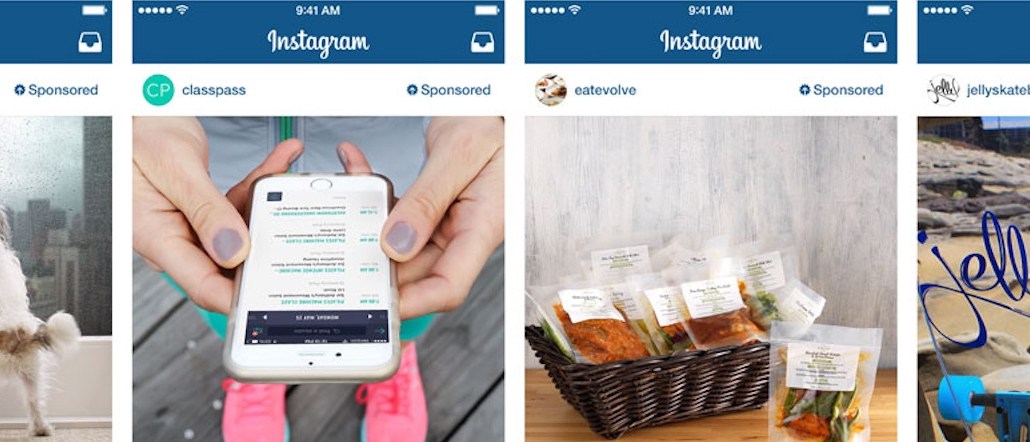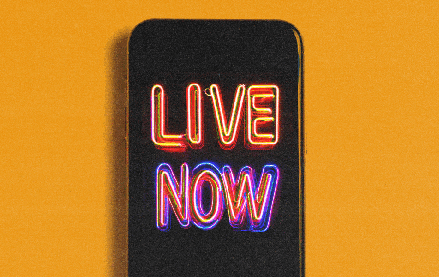
More brands are coming to Instagram.
The photo-sharing app flicked on its API this morning allowing companies to automatically schedule advertising campaigns without going through Instagram directly. That means brands can start buying ads in a similar method that they already do on Twitter, Google and Facebook.
Facebook revealed during last week’s earnings that Instagram has 300 million monthly users, making the app a lucrative portion of the social network’s already money making conglomerate.
Now that its API is open to third-party platforms, such as Sales Force and Brand Networks, Instagram can become a massive force in the mobile advertising business. Although Facebook doesn’t break out Instagram’s revenue numbers, eMarketer predicts that it will generate $600 million in ad sales and could surpass Google and Twitter’s mobile display ad revenues within two years.
Previously, buying an advertisement on Instagram had to be done through the app and was relegated to companies with big budgets. The app, which brags that its users recall brands’ ads 2.8 times more than online advertising, first announced in June that its Ads API will open to businesses “large and small.” It added that Facebook’s highly coveted ad-targeting tools will also be available to use on Instagram.
Jason Stein, the founder and CEO of Laundry Service, told Digiday the move is “very exciting” and makes Instagram a more valuable resource for campaigns, especially because of the app’s targeting abilities.
“The key to all of this — ads continuing to perform well and keeping users happy — is make sure all ads have very high quality creative that is native to Instagram,” he said.
Debra Aho Williamson, an analyst at eMarketer, cast a gimlet eye on the news. While she concedes there is “pent-up” demand among smaller companies looking to advertise on Instagram (and not spend $200,000 for the privilege), the influx of ads could be detrimental to the community.
“The introduction of a lot more advertising, especially ads that seem out of place in the Instagram environment, could irritate users and lead to usage declines,” she told Digiday.
More in Media

Podcast companies turn to live events to capture growing advertiser spend
The surge in the number of live podcast events in 2025 reflects a broader shift: advertisers are betting bigger on podcasts — not just as an audio channel but as a full-fledged creator economy play.

Media Briefing: ‘Cloudflare is locking the door’: Publishers celebrate victory against AI bot crawlers
After years of miserably watching their content get ransacked for free by millions of unidentified AI bot crawlers, publishers were finally thrown a viable lifeline.

How Vogue could navigate potential industry headwinds as Anna Wintour — who agency execs say made ad dollars flow — brings on new edit lead
Anna Wintour’s successor at Vogue will have to overcome the myriad of challenges facing fashion media and the digital publishing ecosystem.





